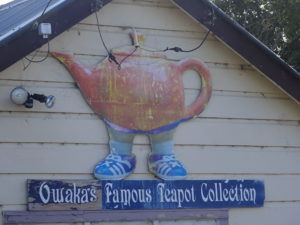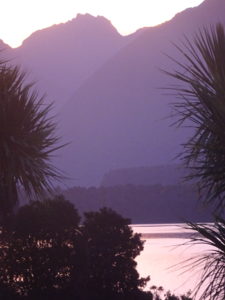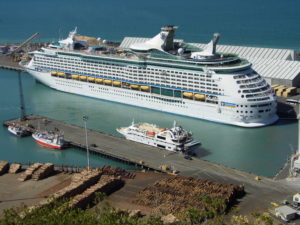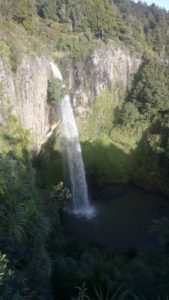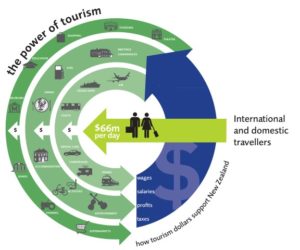Posts Tagged ‘nz communities’
NZx – May 30th: alternative facts
Naumai
The recent public debate (which is full of alternative facts) about Auckland’s proposed bed tax highlights the gaps between local and central government funding, and the lack of understanding as to how tourism adds benefits and costs to all aspects of the New Zealand economy.
Many people have a view on the tax but only a few reflect the facts. Tourism Industry Aotearoa, Chief Executive Chris Roberts says the commercial accommodation sector receives just 9% of the total visitor spend in Auckland source (Ministry of Business Innovation and Employment).
“The original targeted rate proposal was for 330 commercial property owners to pay the full cost of Council tourism and event promotion. The cost of that promotion is currently shared by every ratepayer in Auckland, residential and commercial.
“It is still not the fair share that Mayor Goff repeatedly talks about. The small targeted group receives around 7-8% of the total visitor spend in Auckland, and yet is being asked to pay 50% of promotion and event support.”
We note that in 2014 international and domestic visitors spent $ 66 million per day in New Zealand communities. Thats a fact.
Shamubeel Eaqub also believes the plan offers no clear alignment between costs and benefit. You can read his original article here http://www.stuff.co.nz/business/opinion-analysis/93272191/shamubeel-eaqub-bed-tax-reveals-local-government-flaws
With 2017 being an election year , one assumes there will soon be a large amount of alternative facts in circulation. Tourism will need to make sure it’s voice is united, clear and more importantly heard.
NZx 9th September: sustainable tourism in NZ communities
Naumai
With the focus on the Rugby World Cup it is probably an appropriate time to review just how sustainable many of our tourism communities are. What happens after the hype has died away?
There are parallels between the Cup, a new tourism venture or a new hot destination arriving on the scene with a hiss and a roar. Many precious dollars are spent on marketing and public relations. A year, maybe two or three at the most, and the venture or destination has either gone, disappeared or lost it’s former dominance.
Some ventures or communities even fail to recognise the inherent opportunity in their destination.
Sustainable tourism is all about engaging, measuring, re-inventing and celebrating the integration of a community’s visitor attributes.
While some might argue that NZ should focus on a straight commodity driven economy, we believe tourism is the most sustainable way forward for a small country at the bottom of the world, for a nation literally on the “edge”.
At last a group of us have developed an approach to determine the key elements for developing a sustainable tourism community. This practical framework has been trialed in two destinations and clearly outlines some pathways forward for both. Want to know more – contact us now!
Ka kite ano
Malcolm
